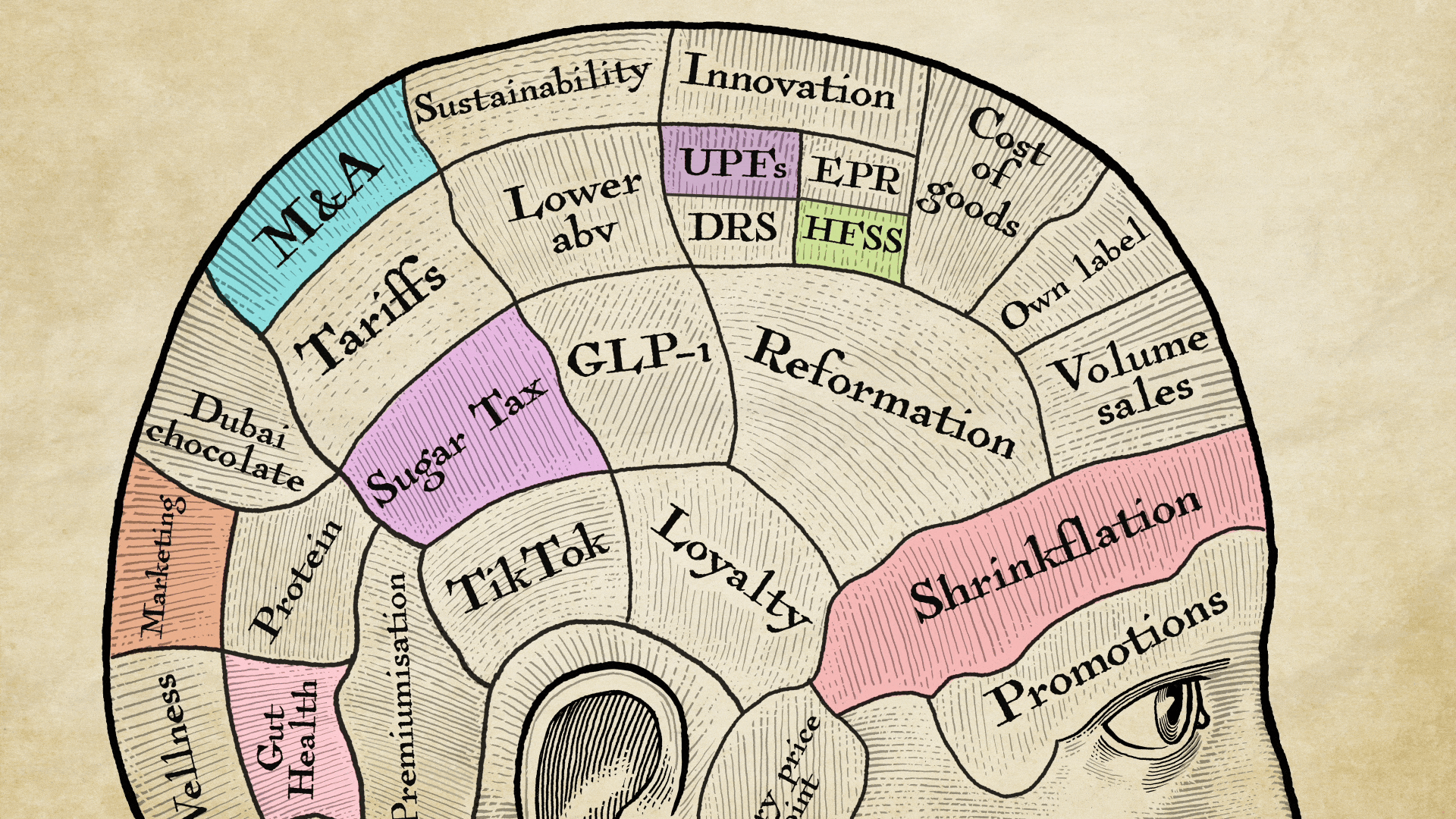
Palm oil prices have hit their lowest point of 2019 in the wake of the EU decision to limit its use in biofuels, with a knock-on impact for the cost of coconut oil.
Prices for palm oil reached $515/Mt (CIF Rotterdam) in mid-June, down 21% year on year, influenced by rising production and record high stocks.
Major producers Indonesia and Malaysia are forecast to increase their outputs by 4% to 43 million tonnes and 1% to 20.7 million tonnes respectively in 2019/20, following an increase in acreage that is expected to rise again in 2019/20.
At the same time, demand is set to slow from the EU, with the USDA forecasting a 2% drop in imports of palm oil in 2019/20. The relationship between the top two producers and the EU has been tense in recent months after the EU parliament set out plans to phase out the use of palm oil in biofuels to meet environmental targets.
Following the decline in prices and increase in stocks, Indonesia has been expanding its exports of palm oil into the Philippines. March figures suggest the Philippines saw a 34% year-on-year increase in imports of palm oil.
Since palm oil is often used as a cheaper substitute for coconut oil, this has fuelled a collapse in coconut oil prices, which are currently down 23% compared with the same time last year.
With coconut farmers in the Philippines already struggling from the devastating effects of Typhoon Mangkhut last year and severe droughts seen this year, the Philippine government has raised concerns over the dumping of cheap palm oil from Indonesia as it affects the profitability of its domestic coconut oil producers. Governments from both countries have now formed a working group in an attempt to resolve this.



















No comments yet